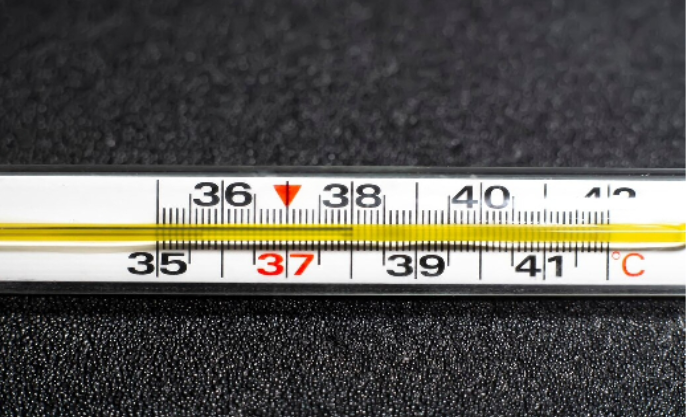
Asphalt, a cornerstone of modern infrastructure, provides us with roads and pavements that connect our world. But have you ever stopped to consider the role of temperature in shaping the performance and durability of asphalt? The impact of temperature on asphalt is a complex interplay that significantly influences its structural integrity and longevity. In this article, we delve into the fascinating realm of asphalt performance in relation to temperature variations, highlighting the pivotal role of testing, tools, and equipment in mitigating potential challenges.
The Thermal Dance of Asphalt
Asphalt pavements experience a dynamic relationship with temperature. Whether enduring scorching summers or freezing winters, asphalt surfaces are subjected to a wide range of temperature fluctuations. This temperature variation can induce distinct behaviors within the asphalt mix, affecting its overall performance and structural soundness.
Effects of High Temperatures
- Softening and Rutting: During hot weather, asphalt surfaces can soften, leading to a phenomenon known as rutting. Under the weight of traffic, the softened asphalt can deform and create ruts in the road surface. This not only compromises the aesthetics of the pavement but also poses safety hazards.
- Raveling: High temperatures can cause the asphalt binder to separate from the aggregate, leading to surface degradation known as raveling. This can result in the loss of fine aggregates and expose the underlying layers, accelerating pavement deterioration.
Effects of Low Temperatures
- Brittleness and Cracking: Cold temperatures render asphalt pavements brittle, making them susceptible to cracking. Thermal contraction and expansion cycles can induce cracks that allow moisture to penetrate the pavement, further accelerating its degradation.
- Thermal Stress: Temperature fluctuations cause thermal stress within the asphalt layers. This stress can accumulate over time, leading to the development of fatigue cracks, which weaken the pavement’s structural integrity.
Testing for Temperature Resilience
The key to addressing the impact of temperature on asphalt lies in thorough testing and analysis. The utilization of specialized asphalt testing equipment and tools allows engineers to predict how a particular mix will perform under different temperature conditions. Some essential tests include:
- Thermal Stress Testing: Tests such as the Indirect Tensile Strength test evaluate the asphalt mix’s resistance to thermal stress. By subjecting samples to freeze-thaw cycles, engineers can gauge the mix’s potential for cracking and deterioration in cold temperatures.
- Dynamic Shear Rheometer (DSR) Test: This test measures the stiffness and flow characteristics of asphalt binders under varying temperatures and loading conditions. It provides insights into the binder’s performance and its ability to withstand temperature-related stresses.
- Bending Beam Rheometer (BBR) Test: The BBR test assesses the low-temperature properties of asphalt binders. It helps engineers understand how the binder will behave in cold weather, preventing potential issues like cracking and brittleness.
Mitigating Temperature-Related Challenges
To counter the challenges posed by temperature fluctuations, engineers and manufacturers rely on advanced asphalt equipment and tools. Asphalt equipment manufacturers play a crucial role in providing solutions that enhance the resilience of asphalt mixes. These solutions include:
- Modified Binders: Engineers can modify asphalt binders to improve their temperature susceptibility. By incorporating polymers or additives, they can tailor the binder’s properties to withstand a broader range of temperatures.
- Warm Mix Asphalt (WMA): WMA technologies allow for asphalt mixing and placement at lower temperatures than traditional Hot Mix Asphalt (HMA). This reduces the risk of thermal-related issues during construction and extends the pavement’s lifespan.
Conclusion
Temperature, a silent yet powerful force, exerts a profound influence on the performance and longevity of asphalt pavements. From the scorching heat of summer to the icy chill of winter, asphalt surfaces undergo relentless temperature variations that impact their structural integrity. Through rigorous testing, innovative asphalt equipment, and advanced tools, the industry can create asphalt pavements that stand resilient against temperature-related challenges.
